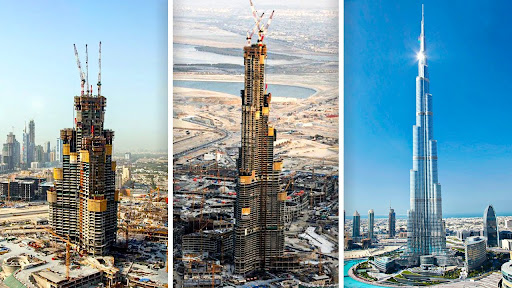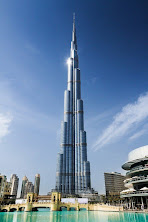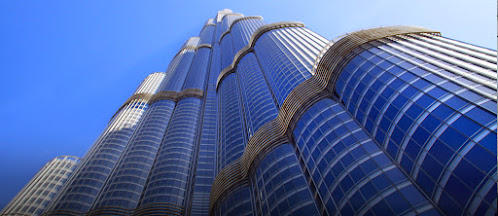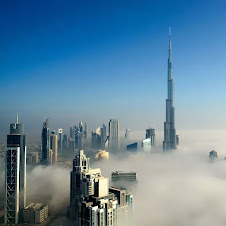The Burj Khalifa in Dubai, UAE, stands as a symphony of architectural brilliance, captivating the world with its awe-inspiring grandeur. This towering masterpiece, reaching a staggering height of 828 meters (2,717 feet), has become an iconic symbol of Dubai's modernity and ambition. In this article, we embark on a captivating journey through the design and engineering feats that have made the Burj Khalifa an unparalleled architectural marvel.
Soaring to New Heights: The Genesis of Burj Khalifa in Dubai
The story of Burj Khalifa begins with a visionary dream to redefine the skyline of Dubai. Conceived by the renowned architect Adrian Smith of Skidmore, Owings & Merrill (SOM) and commissioned by His Highness Sheikh Mohammed bin Rashid Al Maktoum, the ruler of Dubai, this monumental project was a testament to the city's ambition. The tower's name "Burj Khalifa" is a tribute to Sheikh Khalifa bin Zayed Al Nahyan, the President of the United Arab Emirates and ruler of Abu Dhabi, whose support was instrumental in funding the project during Dubai's financial crisis.
Crafting Dreams into Reality: The Innovations behind Burj Khalifa's Design
Beyond Skyscrapers: The Vertical City Marvel of Burj Khalifa
Burj Khalifa transcends conventional skyscrapers with its groundbreaking "vertical city" concept. It seamlessly integrates various functions within the tower, making it a multifunctional marvel. Luxurious residential apartments, elite corporate offices, world-class hotels, and entertainment facilities coexist within its walls. Moreover, the tower features observation decks on the 148th and 125th floors, offering panoramic vistas of Dubai's splendor.
Engineering the Extraordinary: Discovering Burj Khalifa's Structural Feats
Touching the Sky: Overcoming Challenges in Building Burj Khalifa
Amidst the architectural brilliance, building Burj Khalifa posed immense challenges. Among the most daunting tasks was the installation of the exterior cladding. More than 26,000 custom-designed glass panels were used, capable of withstanding Dubai's harsh desert climate while maintaining transparency and energy efficiency. The cladding enhances the tower's aesthetics and reduces solar radiation's impact on the interior.
Sustainability Redefined: Green Initiatives of Burj Khalifa in UAE
Despite its grandeur, Burj Khalifa exemplifies sustainability and energy efficiency. The tower's cooling system ingeniously combines condensate water from air-conditioning and a waste heat recovery system, drastically reducing water consumption. Energy-efficient lighting and advanced waste management practices contribute to its eco-friendly initiatives, setting new standards for sustainable architecture.





No comments:
Post a Comment